Discover why Kyoto is considered the best city in the world, with its rich cultural heritage, iconic temples, and exquisite cuisine.
Table of Contents
Historical Capital, Cultural Marvels, and Culinary Delights Await in Kyoto
Kyoto, Japan’s largest city and the former imperial capital for over a millennium, is a treasure trove of cultural wonders that continue to captivate visitors worldwide.
Renowned for its commitment to preserving Japan’s rich cultural heritage, Kyoto stands out as one of the top tourist destinations in the country, second only to Tokyo.
A Tapestry of Tradition and Modernity
Located in the heart of Japan, Kyoto seamlessly blends traditional values with modernity.
Having served as the capital city for thousands of years during the imperial period, Kyoto is often called the “capital of the capital.”
While Tokyo has emerged as a technological giant, Kyoto remains deeply rooted in its traditions, making it the true heart of Japanese culture.
A Timeless Charm
Kyoto enchants visitors with its enchanting temples, picturesque streets, and serene parks.
It is no wonder Kyoto has repeatedly earned the title of “the best city in the world.” Exploring the city feels like stepping into a period movie set in ancient Japan.
Additionally, Kyoto boasts an impressive array of UNESCO World Heritage sites, with the entire city listed as a cultural treasure trove.
Unveiling Kyoto’s Marvels: Must-See Attractions and Delicacies
Fushimi Inari Taisha: A Gateway to the Divine
Among the numerous Shinto temples in Japan, Fushimi Inari Taisha stands out as one of the most iconic and frequently photographed.
This sacred site, nestled at the base of Inari Mountain, holds a mystical allure.
The Temple is known for its striking feature—the vibrant orange gates, known as “Torii,” that line the paths.
Visitors who believe in the Shinto religion flock here to make wishes, with each gate being a donation from those whose prayers have been answered.
Keep an eye out for the donors’ names displayed on the gates.
Fushimi Inari Temple has even appeared in Hollywood films and gained popularity through social media.
Nijo Castle: A Timeless Fortress
Built as an administrative palace during the Tokugawa Shogunate in 1603, Nijo Castle boasts an impressive complex comprising gardens, palaces, moats, and towers.
Many buildings have been meticulously preserved despite past fires and damage to retain their former glory.
Visitors can marvel at the palace’s exquisite examples of Japanese aesthetics, from wooden structures and elegant corridors to the black Temple and original illustrations of Japanese garden art.
The castle also houses artifacts and decorations that showcase Japan’s traditional arts.
Higashiyama District: A Living Heritage
The Higashiyama district of Kyoto presents a living tableau of traditional Japanese culture.
Wandering its streets adorned with traditional houses, magnificent temples, and scenic parks, visitors are immersed in a magical atmosphere.
One cannot help but be captivated by the sight of locals and tourists alike dressed in kimonos, embracing the spirit of the past.
For a truly immersive experience, consider renting a kimono and indulging in a day of feeling like a native Japanese.
The district is home to the famous Kiyomizudera Temple, offering a visual feast with its cherry blossoms cascading down the slopes of Otowa Mountain.
Take advantage of the opportunity to drink from the Temple’s ancient waterfall, which is believed to bestow health and longevity.
Golden Pavilion Temple: A Gilded Marvel
True to its name, the Golden Pavilion Temple combines elements of a mansion and a temple.
Originally constructed as a retirement residence for Commander Ashikaga Yoshimitsu in the 14th century, his son later transformed it into a temple.
The three-story Temple, adorned with gold leaf, gleams brilliantly amid the lush natural surroundings.
The vast temple garden, designed during the Muromachi period, offers a serene setting with verdant foliage.
Arashiyama Bamboo Forest: Nature’s Masterpiece
The Arashiyama Bamboo Forest presents a breathtaking spectacle with its slender bamboo stalks reaching toward the sky.
Sunlight filters through the canopy, creating an otherworldly atmosphere found nowhere else.
Taking a leisurely walk along the narrow, 500-meter trail flanked by bamboo on both sides provides a tranquil escape from the stress of everyday life.
In this wonderland, the bamboo can reach towering heights of over 30 meters.
Sanjusangen Do Temple: A Testament to Devotion
Sanjusangen Do Temple, also known as the Temple of 33 Niches, showcases extraordinary architecture and is dedicated to the goddess of mercy in the Japanese faith.
Its main hall houses 33 pillars, each representing a distinct personality.
Although the original Temple, built in 1164, suffered from a fire, it was meticulously restored to its former glory by 1266.
Noteworthy features of the Temple include a three-and-a-half-meter statue of the goddess Kannon and 28 celestial helpers.
Kyoto Imperial Palace: A Regal Retreat
Located in the heart of Kyoto, the Kyoto Imperial Palace, originally built in 794, has endured multiple fires that have plagued Japan’s wooden structures.
However, through meticulous restoration efforts, the palace remains an architectural masterpiece and one of the city’s most visited landmarks.
In addition to its historical significance, the Kyoto Imperial Palace hosts important state ceremonies.
It offers guided tours, allowing visitors to explore the palace rooms and marvel at the exquisite Japanese decorations.
Best Time to Visit Kyoto
It is important to consider the weather to make the most of your visit to Kyoto. Summers in Japan can be hot and accompanied by extended monsoon periods.
If you choose to visit in June and July, be prepared for the possibility of rain.
However, the summer season also presents an opportunity to witness the vibrant streets of Kyoto during the Gion Matsuri Festival, Japan’s oldest and grandest celebration.
For those seeking the ephemeral beauty of cherry blossoms, plan your trip between March and April to immerse yourself in the splendor of Sakura.
Savoring Kyoto’s Flavors
As a city steeped in tradition, Kyoto boasts a rich culinary heritage.
Formerly the cuisine of the Imperial Palace, Kyoto offers a cornucopia of delectable dishes that exemplify Japanese gastronomy.
Japanese cuisine, known for its low oil and spice content, shines in Kyoto, particularly in its seafood offerings.
In Kyoto, indulging in sushi, a beloved Japanese staple, is a must.
Beyond sushi, exploring the flavors of Kyoto includes savoring Kabayaki, a delectable dish featuring thinly filleted and skewered eel, cooked to perfection and served with soy sauce.
For vegetarian options, Shojin Ryori is a delightful choice.
This tofu-based cuisine, created by cubing tofu curds after extracting soy milk, boasts a texture similar to cheese and incorporates beans and fruits.
Shojin Ryori strictly adheres to a vegetarian diet, excluding meat, fish, onions, leeks, and garlic.
Conclusion
Kyoto beckons with its timeless allure, immersing visitors in a world where ancient traditions and modernity coexist harmoniously.
Whether exploring its historic temples, strolling along the enchanting streets, or indulging in its diverse culinary delights, Kyoto offers a captivating experience that will leave a lasting impression.
Embark on a journey to this cultural marvel and discover why Kyoto has been hailed as the best city in the world.
FAQs
Why is Kyoto considered the best city in the world?
Kyoto is renowned for its rich cultural values, historic temples, and harmonious blend of tradition and modernity, making it a captivating destination for travelers.
What are some must-visit attractions in Kyoto?
Kyoto offers numerous attractions, including Fushimi Inari Taisha, Nijo Castle, Higashiyama District, Golden Pavilion Temple, Arashiyama Bamboo Forest, Sanjusangen Do Temple, and Kyoto Imperial Palace.
When is the best time to visit Kyoto?
The best time to visit Kyoto is during the cherry blossom season between March and April or in June and July to experience the vibrant Gion Matsuri Festival. However, it is essential to consider the weather and the possibility of rain during these periods.
What is unique about Kyoto’s cuisine?
Kyoto’s cuisine is known for its emphasis on traditional Japanese flavors and seafood delicacies. Sushi is a must-try, along with Kabayaki, a delicious dish featuring skewered eel. Vegetarians can enjoy Shojin Ryori, a tofu-based cuisine with various ingredients.
How can I explore Kyoto like a local?
To experience Kyoto like a local, consider renting a kimono and strolling through the historic streets of Higashiyama. Additionally, participating in tea ceremonies, visiting local markets, and participating in cultural workshops can provide an authentic Kyoto experience.
Are there any accommodations in Kyoto?
Yes, Kyoto offers many accommodations, including traditional ryokans (Japanese inns), modern hotels, guesthouses, and Airbnb options. It is advisable to book in advance, especially during peak tourist seasons.
Are there any day trips or excursions from Kyoto?
Yes, Kyoto’s central location allows for easy day trips to nearby destinations like Nara, Osaka, Hiroshima, and the picturesque Kibune and Kurama villages. These excursions offer additional opportunities to explore Japan’s rich cultural heritage.
Get our best stuff sent straight to you! Join our WhatsApp Channel.
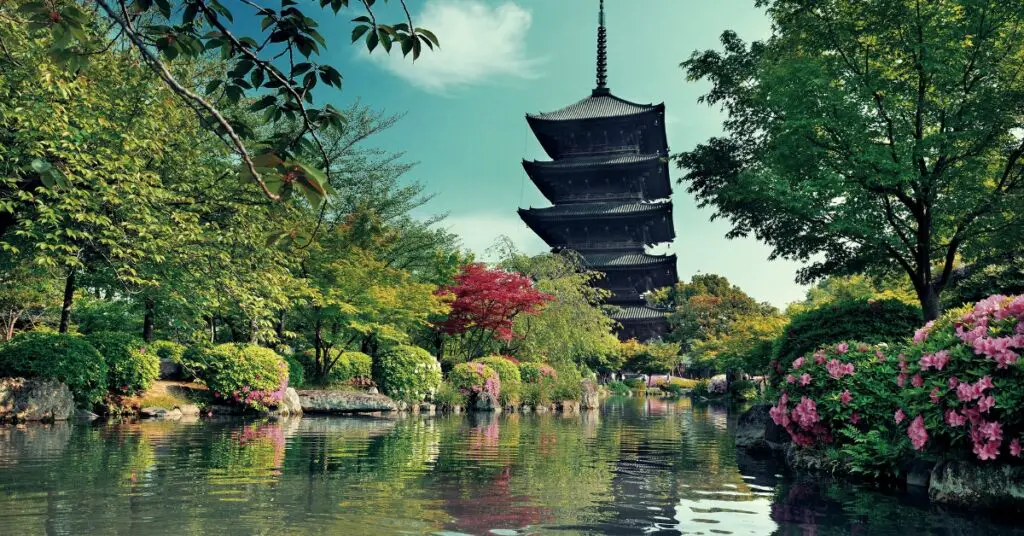
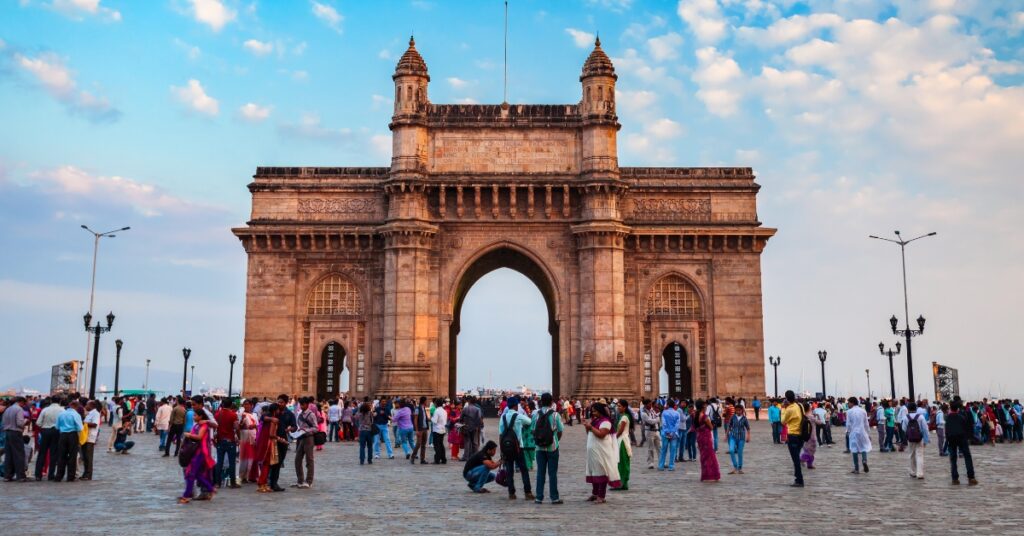

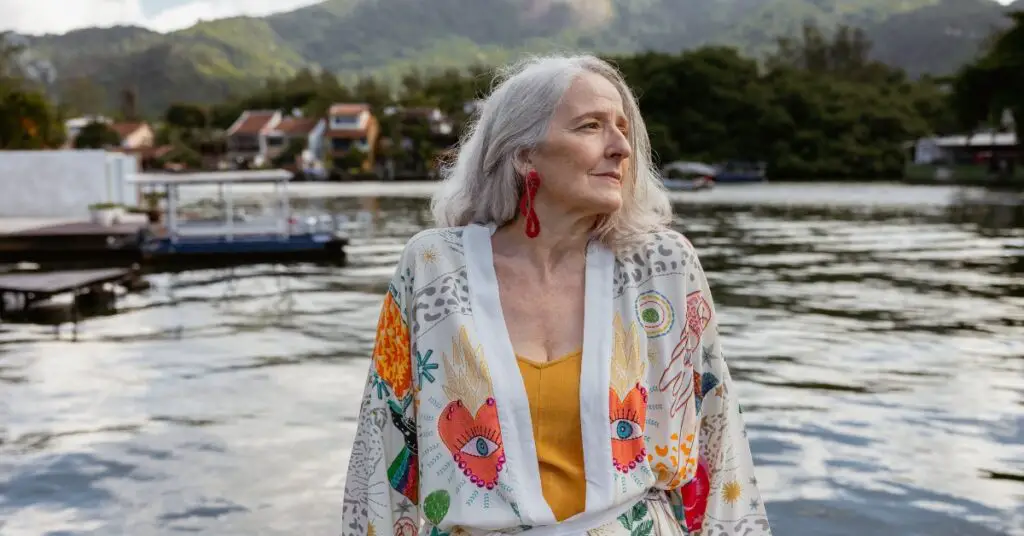
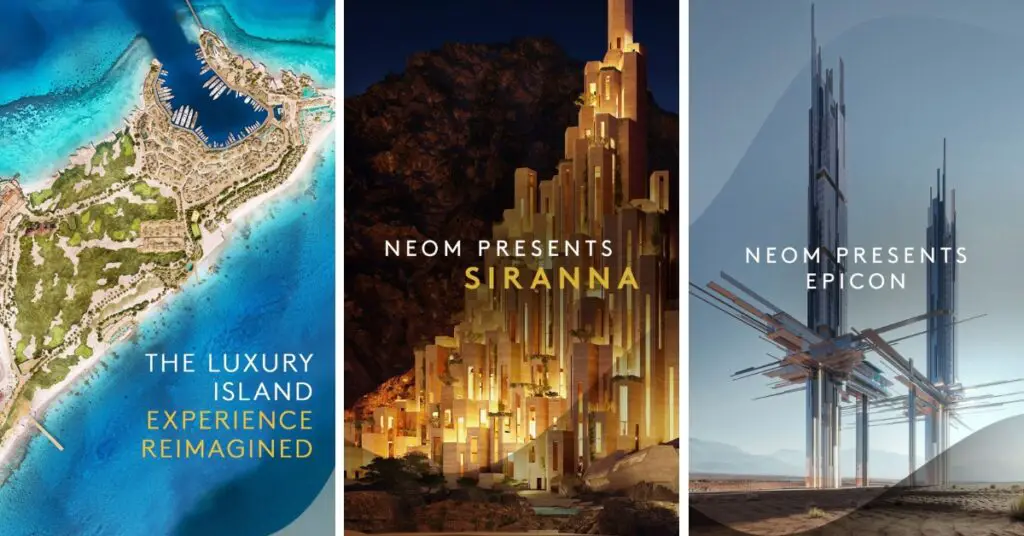
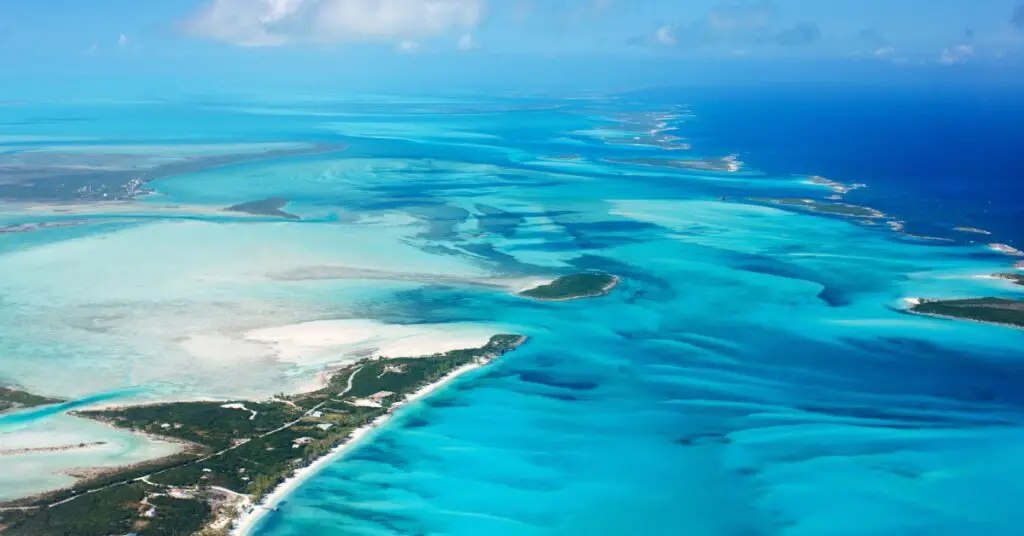
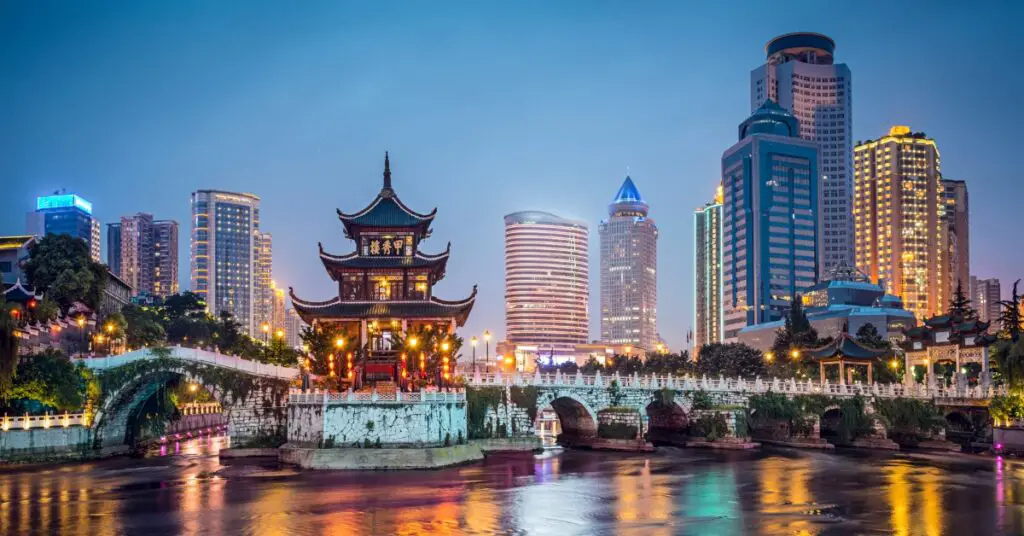
Pingback: Prime Minister Shinzo Abe Shot Dead [Images]